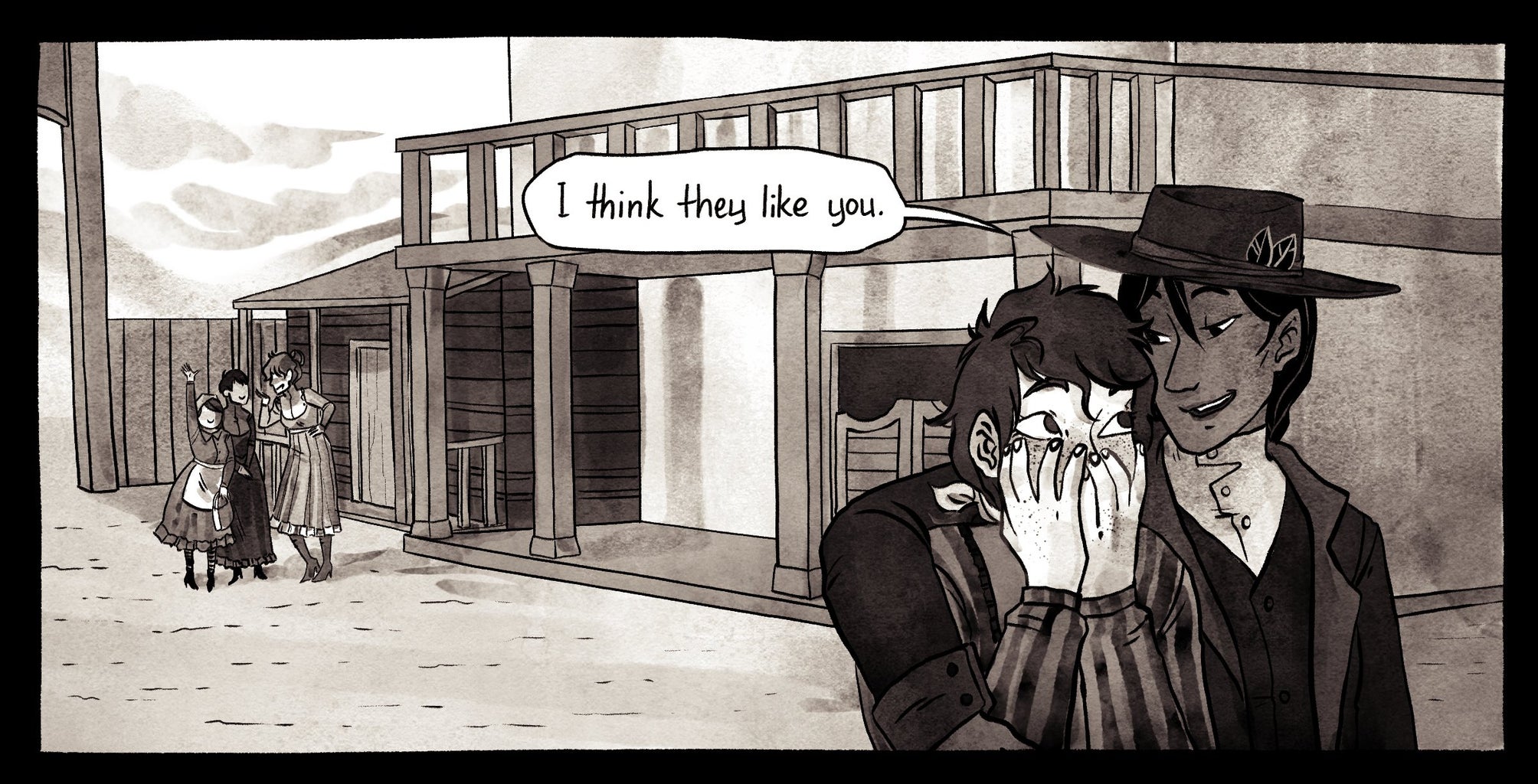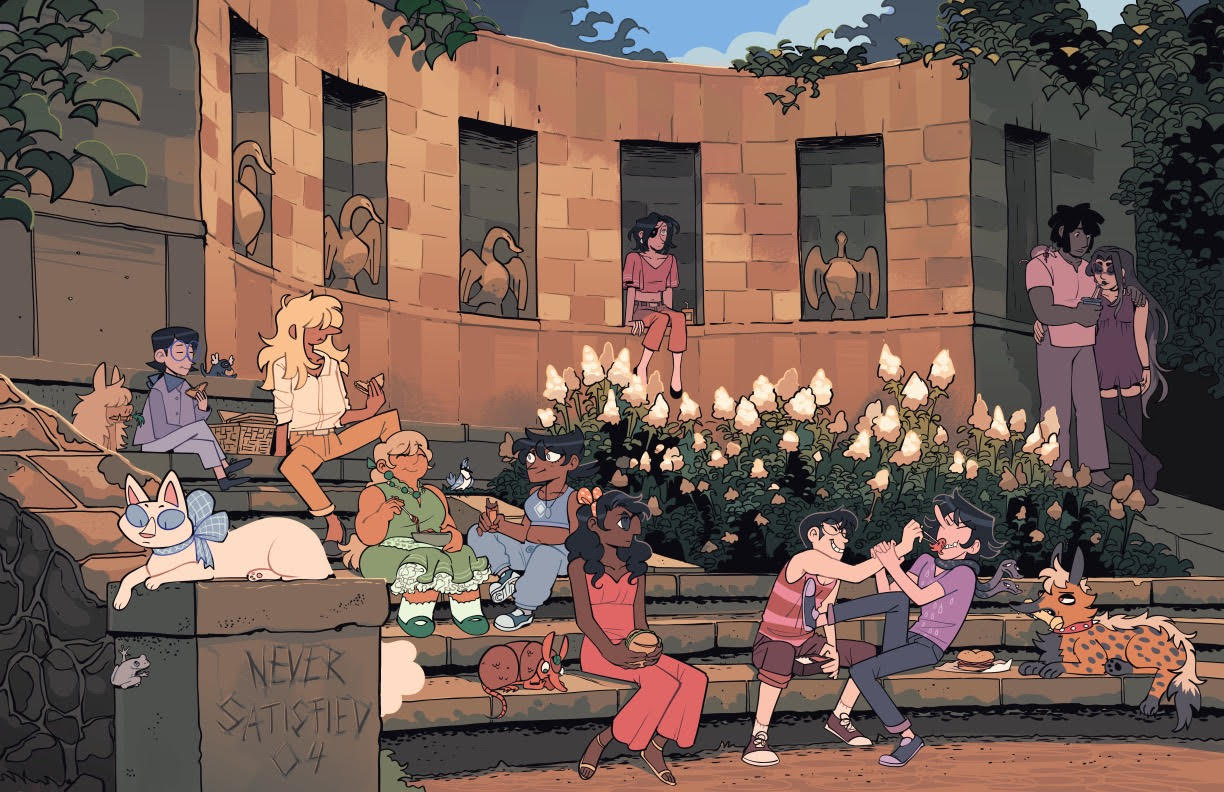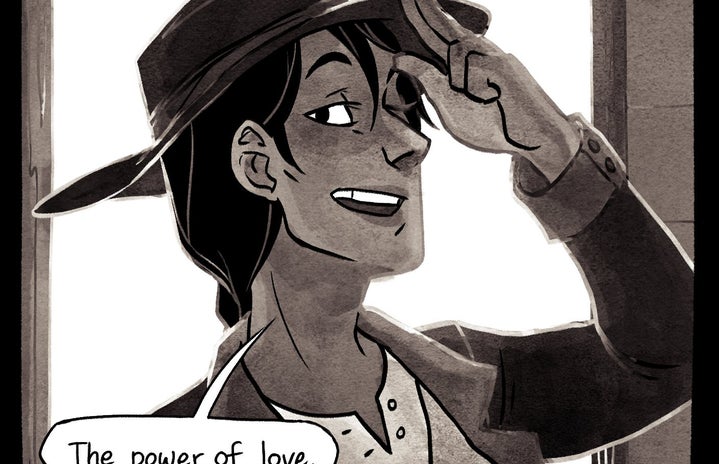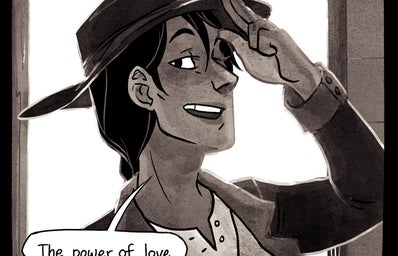According to GLAAD and Harris Poll’s 2017 Accelerating Acceptance study, 20% of Americans aged 18-34 identify as LGBTQ+. However, only 8.8% of broadcast scripted series regulars are LGBTQ+ characters, according to GLAAD’s 2018-2019 Where We Are on TV report. While this is a record high since GLAAD began producing these reports 14 years ago, there are still a lack of representation on broadcast television, cable and on streaming networks.
It’s hard to deny the importance of representation of LGBTQ+ experiences, and yet this representation is so hard to find.
Bisexual, transgender, asexual and other queer characters have even less representation. There only 26 regular and recurring transgender characters across all three platforms. Netflix’s animated comedy BoJack Horseman is the only show on streaming services to feature an asexual character and on cable, the only asexual character (Raphael on Freeform’s Shadowhunters) is on his way out as that series ends.
In traditional Marvel and DC comics, there are a few standout LGBTQ+ characters, including the pansexual Deadpool, bisexual Harley Quinn (who is currently in a relationship with Poison Ivy), and Loki who is both pansexual and genderfluid.
In general, mainstream comics have been rather lacking in diversity, especially on the big screen where the above characters’ sexuality and gender identity is whitewashed.
In contrast, there are over 100 webcomics with LGBTQ+ representation on the free webcomic hosting platform Smackjeeves alone. There are, naturally, many other hosting platforms in addition to personal website, each with hundreds of their own webcomics. In addition, many of these webcomics go beyond gay and lesbian representation, and feature characters who fall all across the spectrum.

For example, one of the reasons why webcomics are able to feature more LGBTQ+ characters as compared to mainstream media is that they are often created by individuals and small teams who do not necessarily expect to make money.
I reached out to several creators of these inclusive webcomics to see what motivates them, and what advice they have for their LGBTQ+ college readers.
“That means the folks making them aren’t beholden to outdated media standards, or some executive’s fear of a project not being able to make money overseas,” Livali Wyle, the creator of Goth Western, says. Set in the Wild West, Goth Western follows Jack, a mercenary who sells their soul for love.
Kate Ashwin, the creator of Widdershins, a comic set in the Victorian-era and features a whole cast of creative characters, including many who identify as LGBTQ+, also sees this. They explained to HC that “no editor or CEO is needed to ‘sign off’ on a character’s sexuality or gender expression’ and ‘no huge brand needs to be ‘protected’ from inclusion.” In addition, she says the relatively “low bar to entry means easier access to a vast range of work made by queer creators who haven’t had their ability to create hampered by unfavorable hiring practices — a more inclusive pool of talent leads to more inclusive (and more interesting!) stories.”
Another difference related to this lack of oversight is that there is more freedom in choosing a creative background that allows for more understated, matter-of-fact LGBTQ+ representation.
“It’s one reason I gravitate towards Sci-Fi and Fantasy works, where the setting doesn’t require adherence to current restrictive cultural norms,” Wyle says.
As webcomics do not need a huge budget to create settings beyond what we’re used to in contrast to say TV or movies, it is easier to create more inclusive worlds.
The connection between the audience and the creator is another important factor. For many readers, webcomics, and the blogs, fanfiction, and fanart that surround them, are a place they can be accepted.
“Being queer can feel like being a spy in hostile territory, not sure who you can trust, who you can reveal yourself to,” Wyle explains. “I like it when stories make me feel like I’m safe and part of something bigger.”

Taylor Robin, the creator of Never Satisfied, a webcomic that follows Lucy Marlowe, a non-binary magician’s apprentice competing for a magical government position, has had a lot of experience with audience feedback.
“On an average day I wouldn’t think of [including LGBTQ+ representation in Never Satisfied] as important so much as ‘Well, why wouldn’t I?’ being that I’m queer myself and find that content inherently more interesting than content without it. But I do occasionally get told by readers that it was important to them to see characters like Lucy or Tetsu, who are non-binary, in a work that portrays them as important and accepted without question.”
These comics offer important lessons to their readers, too.
Over the four years the comic has been running, many people have assumed, based on their name and presentation, that Never Satisfied’s Lucy is a girl. This has been problematic for Robin to deal with at times.
“I recently implemented a one-strike policy in the comment section, though, because it had gotten out of hand. The response was pretty split. A lot of people praised the new policy because it had been four years and seven chapters and anyone commenting on the most recent pages should at the very least know the protagonist’s pronouns,” Robin says. “On the other side, some people were upset for all sorts of reasons, from being expected to adhere to what they perceived as PC culture, to thinking it was too harsh for ‘simple mistakes,’ to trying to make it my responsibility to teach people who couldn’t be bothered to teach themselves.”
Ashwin has also had experience with getting questions from readers about the sexual orientation of her characters.
“There are sometimes people who are more unused to casual inclusion who have questions — I, perhaps optimistically, see this as part of the process of normalising queer characters in media, and generally a few choice words lead them to understand a little better,” she says.

“It’s been a standing problem in fandom (which has a huge overlap with webcomics readers) that works that attempt to be inclusive, which are often made by queer people and queer women, tend to be judged harsher than works that don’t attempt at all,” she says. “Luckily it’s not something I’ve been victimized by myself. It’s just scary to witness a largely queer community essentially eating one of its own, and it happens uncomfortably often in these spaces.”
With such a large number of webcomics on the internet, it can be hard to characterize what the future holds in regards to inclusivity.
What all three creators agree on, however, is that as long as there are queer people making art and writing stories, there will be queer webcomics.


